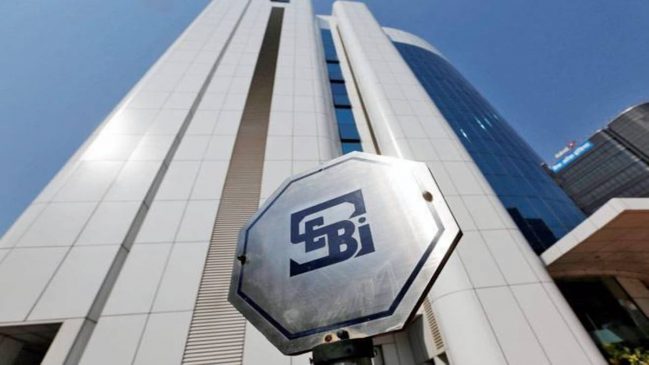The T+1 settlement cycle will be implemented in a phased manner and the first list of securities with T+1 settlement cycle will begin from trade date starting from February 25, 2022.
The Securities and Exchange Board of India (SEBI) has extended the time for implementation of T+1 settlement cycle.
“The T+1 settlement cycle will be implemented in a phased manner and the first list of securities with T+1 settlement cycle will begin from trade date starting from February 25, 2022,” NSE said in a release.
SEBI had on September 07, 2021, permitted Stock exchanges to introduce T+1 settlement cycle from January 01, 2022 on any of the securities available in the equity segment.
As per the information provided by NSE, Market Infrastructure Institutions “MIIs” (Stock Exchanges, Clearing Corporations and Depositories) have finalized the roadmap for the implementation of T+1 settlement cycle.
The schedule of securities to be transitioned to T+1 settlement cycle will be decided as follows:
1. All listed stocks, across stock exchanges (BSE, NSE & MSEI), shall be ranked in descending order based on daily market capitalization averaged for month of October 2021.
2. Where a stock is listed on multiple exchanges, the market capitalization shall be calculated based on the price of stock at the stock exchange with highest trading volume during the above-mentioned period.
3. The list of stocks and exchanges where they are available for trading shall be published on website of all exchanges.
4. Based on the ranking arrived as mentioned at above paras, the bottom 100 stocks shall be available for introduction of T+1 settlement, from trade date February 25, 2022.
5. Thereafter, from March 2022 onwards, on the last Friday (trade day) of every month, the next bottom 500 stocks from the list of stocks ranked as mentioned above, shall be available for introduction to T+1 settlement. In case Friday is a trading holiday, the same shall be introduced on immediate next trading day.
6. Any new stock getting listed after October 2021, shall be added to list, as mentioned in above paras, based on the market capitalization calculated on the basis of average trading price of 30 days after commencement of trading. In case, based on market capitalization, if the stock falls under the category (in terms of market capitalization) of stocks already under T+1 settlement then that stock also becomes eligible for T+1 settlement and will be introduced in T+1 settlement cycle on the last Friday (trade day) of next month.
7. New stock getting listed may be on account of initial public offering (IPO), corporate action or any other reason would be handled as mentioned in point (6) and the date of transition will be announced jointly by all exchanges on which the stock is available for trading.
8. Securities such as Preference shares, Warrants, Right entitlements, Partly paid shares and securities issued under differential voting rights (DVR) will be transitioned to T+1 settlement along with the stock of parent company.
9. All other securities listed below in the equity segment of exchange will be transitioned to T+1 settlement cycle along with the last scheduled batch of securities as determined in point (6) above for transition to T+1 settlement cycle:
Close ended mutual fund schemes
Debt Securities (including corporate bonds)
Sovereign Gold bonds (SGB)
Government Securities (G-Sec), Treasury bill (T-Bill) and State Development loan (SDL)
Real estate investment trusts (REITs)
Infrastructure investment trusts (InvITs)
All other existing securities trading in normal segment or trade for trade segment and not covered under the above points such as exchange traded funds (ETFs), depository receipts (IDR), etc.
Also, any security getting listed post the trade date of last scheduled batch of securities based on the ranking arrived as mentioned at above paras will be directly introduced with T+1 settlement cycle.





































